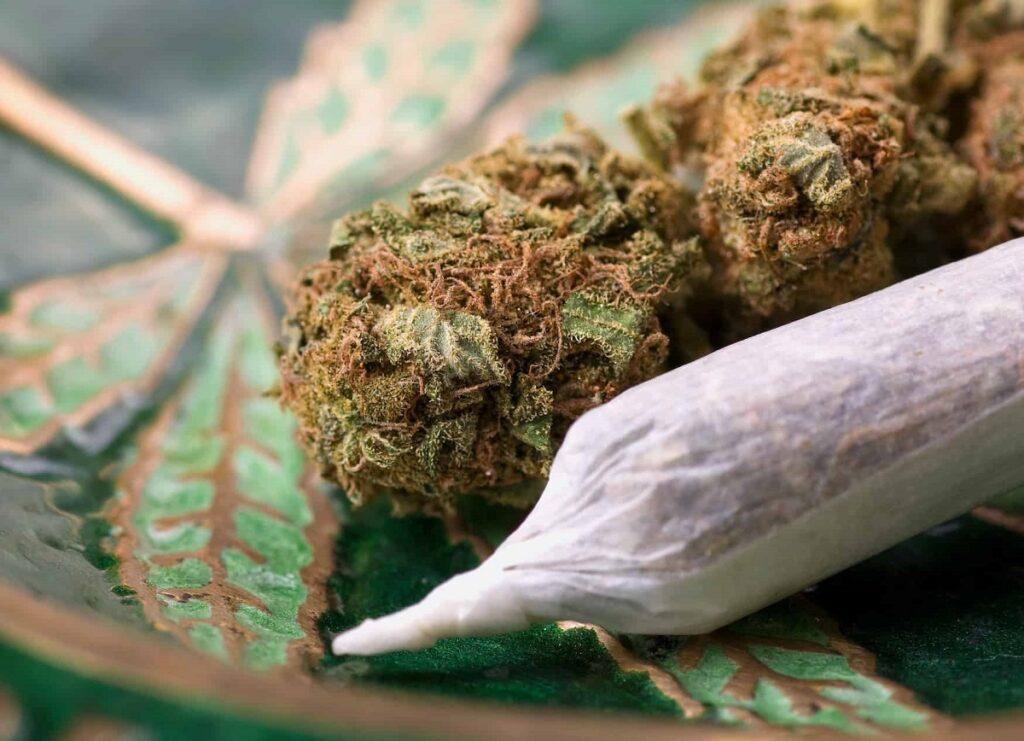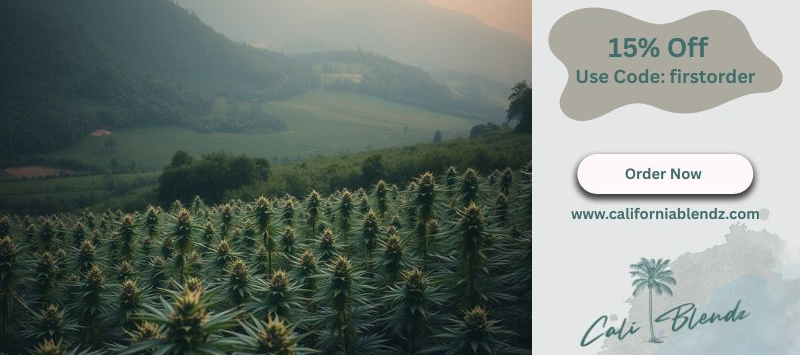The use of marijuana significantly reduces the use of unregulated opioids, according to a new study.
The study, which can be found by clicking here, is being published in the September issue of the International Journal of Drug Policy. It was conducted by researchers at the British Columbia Centre on Substance Use, the University of British Columbia, the University of California and Simon Fraser University.
“Accumulating evidence has indicated that cannabis substitution is often used as a harm reduction strategy among people who use unregulated opioids (PWUO) and people living with chronic pain”, begins the study’s abstract. “We sought to investigate the association between cannabis use to manage opioid cravings and self-reported changes in opioid use among structurally marginalized PWUO.”
For the study data was collected from a cross-sectional questionnaire administered to PWUO in Vancouver, Canada. Binary logistic regression was used to analyze the association between cannabis use to manage opioid cravings and self-reported changes in unregulated opioid use.
A total of 205 people who use cannabis and opioids were enrolled in the present study from December 2019 to November 2021.
“Cannabis use to manage opioid cravings was reported by 118 (57.6%) participants”, states the study. “In the multivariable analysis, cannabis use to manage opioid cravings (adjusted Odds Ratio [aOR] = 2.13, 95% confidence interval [CI]: 1.07, 4.27) was significantly associated with self-reported reductions in opioid use.”
In the sub-analyses of pain, “cannabis use to manage opioid cravings was only associated with self-assessed reductions in opioid use among people living with moderate to severe pain (aOR = 4.44, 95% CI: 1.52, 12.97). In the sub-analyses of males and females, cannabis use to manage opioid cravings was only associated with self-assessed reductions in opioid use among females (aOR = 8.19, 95% CI: 1.20, 55.81).”
Researchers conclude:
These findings indicate that cannabis use to manage opioid cravings is a prevalent motivation for cannabis use among PWUO and is associated with self-assessed reductions in opioid use during periods of cannabis use. Increasing the accessibility of cannabis products for therapeutic use may be a useful supplementary strategy to mitigate exposure to unregulated opioids and associated harm during the ongoing drug toxicity crisis.








